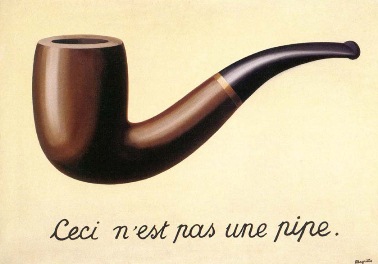Beebe has given elaborate accounts for how one can imagine the developments of characters in films as differentiating consciousness in an individuating psyche. For illustrating my idea, I will use his full-blown essay on the characters' interactions and developments in the The Wizard of OZ [Beebe 2000] and map them to Edinger's alchemical operations.
This is how Beebe ordered the characters in the film according to their archetypes [Beebe 2000, p80]:

The Wizard of OZ is about a vauntingly empathic heroine, Dorothy, learning to take care of her own heart. Initially she cannot understand why Aunt Em wants to send away Toto for biting their neighbor, but by the time she becomes aware of the Ruby slippers' power to fulfill her own wishes, she also realizes that she needs to keep her own home in order too ("There is no place like home"). According to Beebe this stands for Dorothy (the Heroine) initially killing her Opposing Personality by falling into coma and gradually coming to terms with in the film. [p76:2]
Here I attempt to chart out the psychic developments mathematically by specifying alchemical transformations as coordinates in the charts that Edinger supplied for each of his operations [Edinger 1985]. Mapping transformations this way raises questions as to which level of detail should be attained to or what operations represent certain interactions correctly. Still, while I am not exactly thrilled about some of the mappings I also believe that modeling this way can be valuable.

1. Dorothy kills Wicked Witch of the East [Beebe 2000, p77:1]
- Heroine {Mortificatio
 } Opposing Personality
} Opposing Personality2. Glinda encourages Dorothy of her intuition to solace and focus Dorothy without intruding on her authority [p72:4]:
- Mother {Coniunctio
 , Solutio
, Solutio  (Containment)} Hero
(Containment)} Hero3. The relationship between Scarecrow and Dorothy is outlined by their love for each other. [p72:1]
- Heroine {Coniunctio
 (Union of Opposites)} Animus
(Union of Opposites)} Animus4a. Toto enrages the Cowardly Lion and by that exposes the bluster [p74:2]
- Trickster {Coagulatio
 (Fixatio -- Binding)} Puer Aeternus
(Fixatio -- Binding)} Puer Aeternus4b. Dorothy slaps the Cowardly Lion [p74:2]
- Heroine {Separatio
 } Puer Aeternus
} Puer Aeternus
5. Wicked Witch of the West scornfully draws out Dorothy's worries about Aunt Em [p72:4]
- Witch {Mortificatio
 , Calcinatio
, Calcinatio  } Heroine
} Heroine6. The Wicked Witch demanded him to surrender Dorothy, so he sends Dorothy to bring the witch's broomstick. [p70:4]
- Demonic {Mortificatio
 (Defeat,Humiliation--Suffering--Tragedy)} Heroine
(Defeat,Humiliation--Suffering--Tragedy)} Heroine7. Dorothy melts the witch by pouring a bucket of water over her [p67:1]
- Heroine {Solutio
 } Witch
} Witch8. Toto pulls aside the curtain hiding the Wizard of OZ [p70:4]
- Trickster {Coagulatio
 (Fixatio -- Binding)} Puer Aeternus
(Fixatio -- Binding)} Puer Aeternus9. Dorothy realizes the power of the ruby slippers [p77:1]
- Heroine {Sublimatio
 (Air -- Spirit -- Reason)} Opposing Personality
(Air -- Spirit -- Reason)} Opposing PersonalityBibliography
Beebe, John (2000) "The Wizard of OZ -- A vision of development in the American political psyche", The Vision Thing -- Myth, Politics and the Psyche in the World: 62-83.
Edinger, Edward F. (1985) Anatomy of the Psyche -- Alchemical Symbolism in Psychotherapy.


































